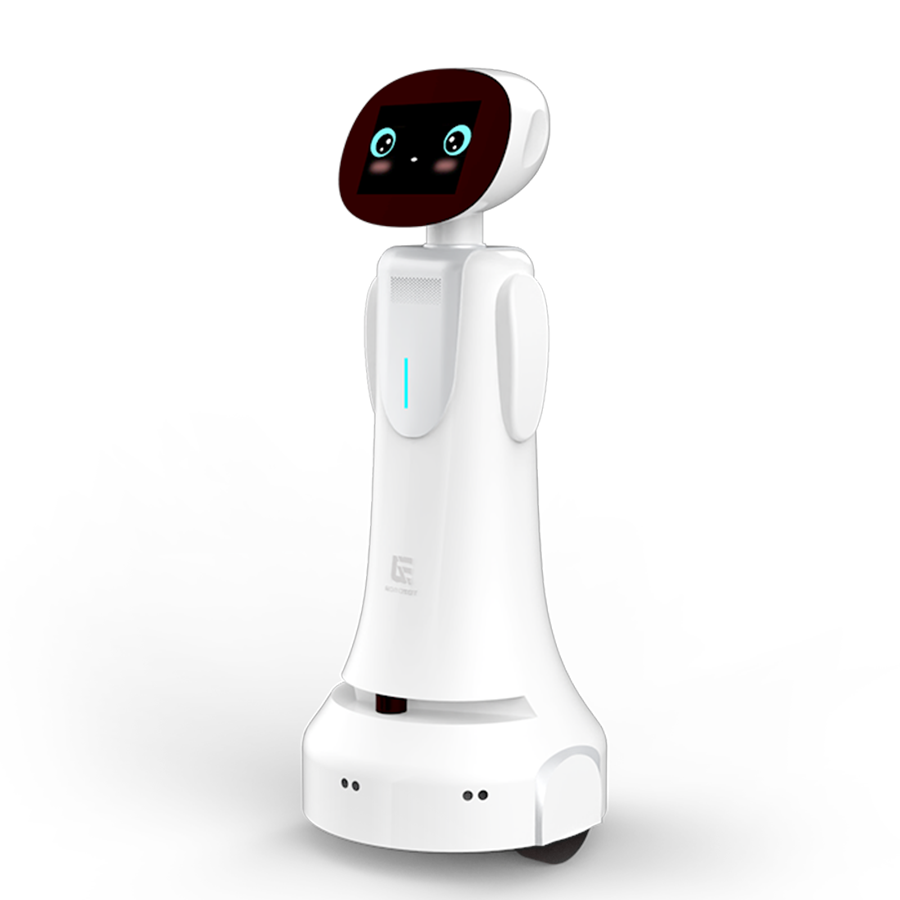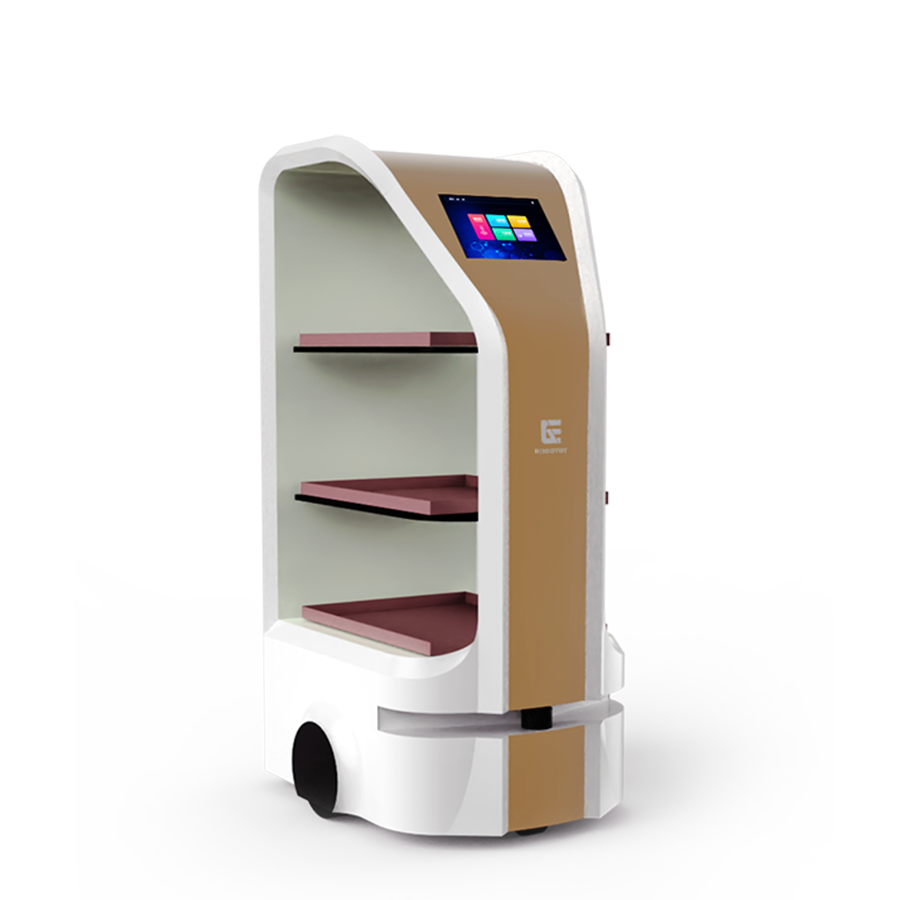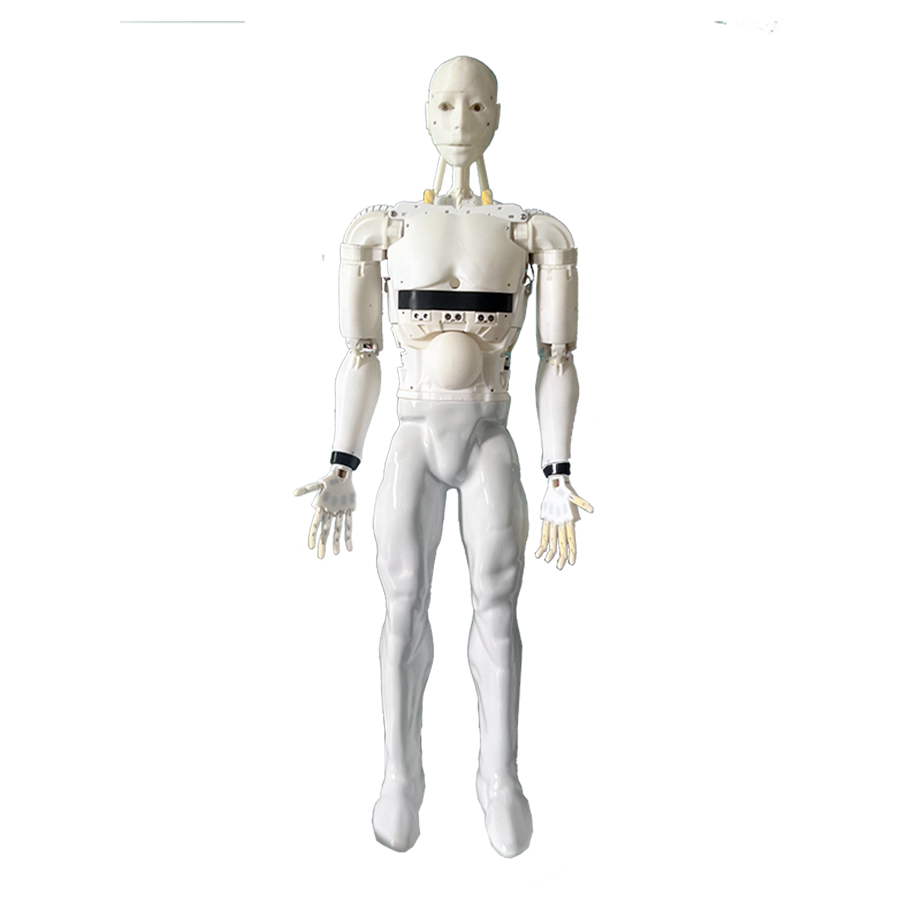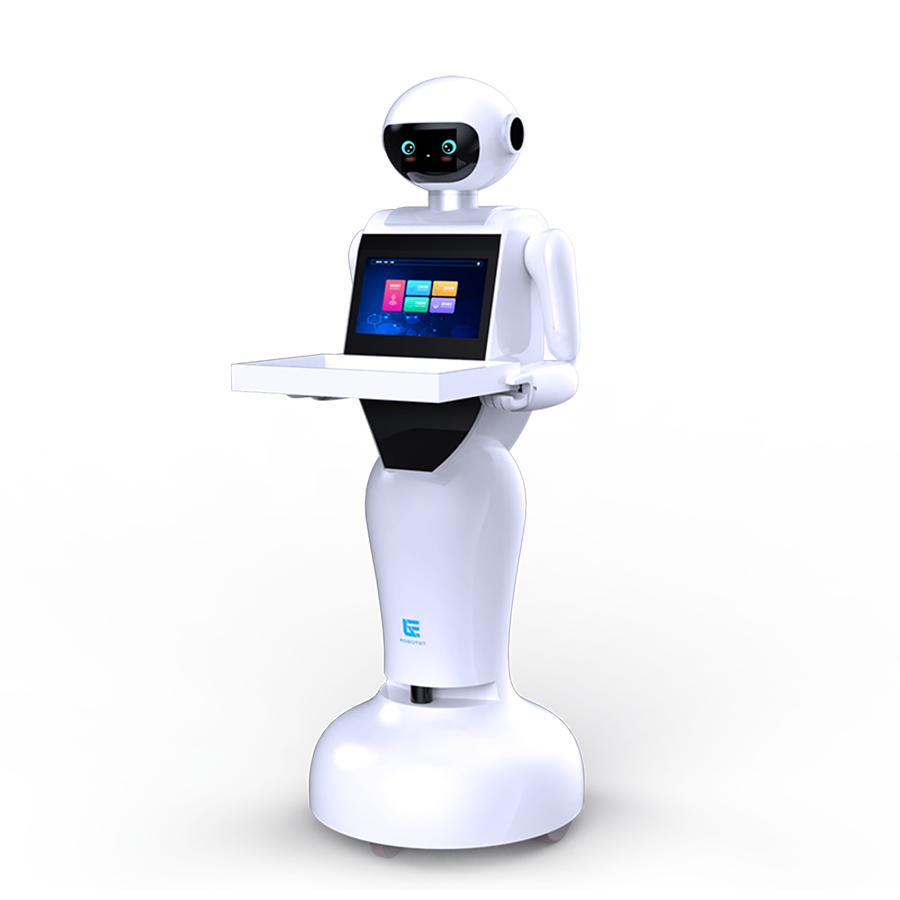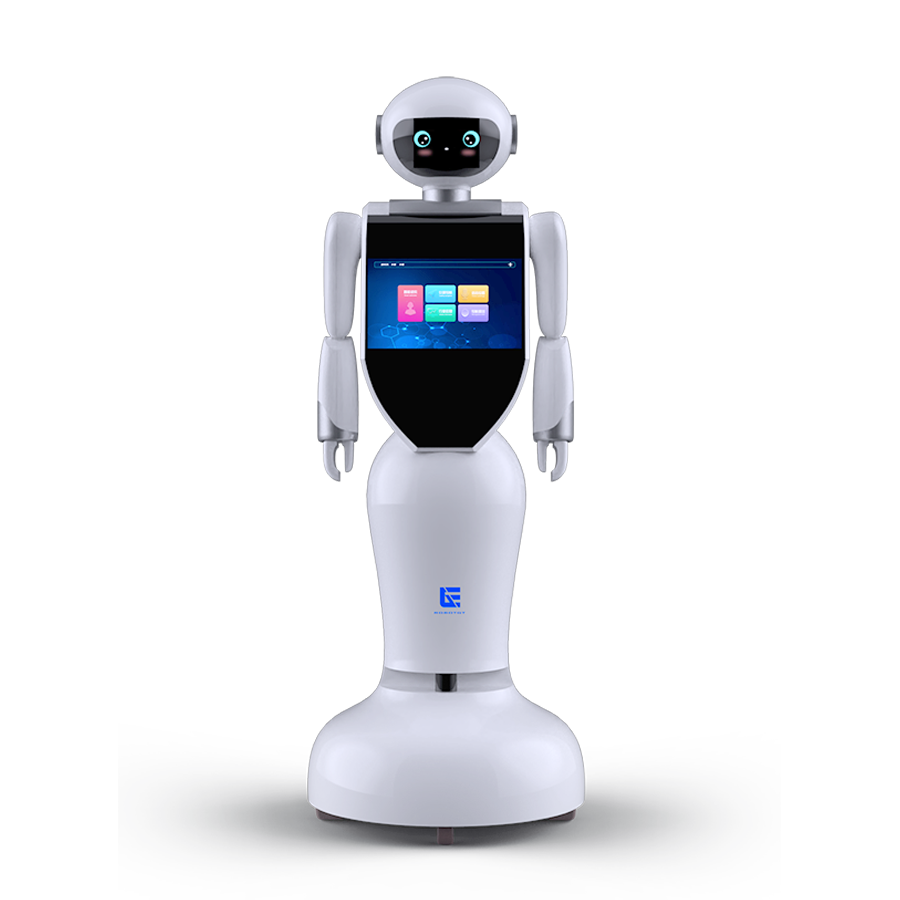

DJI is discontinued! Is the trend of educational robots declining?
2024-01-28
A notice of suspension of sales has blown up the long dormant education market.
In December 2023, the official website of DJI STEAM Education suddenly announced that it will officially stop selling Tello edu, RoboMaster EP, AI artificial intelligence kits, DJI Education Platform, and AI scenario based education solutions on December 31.
This means that starting from 2024, DJI will suspend its youth education business.
Combining with LEGO's previous aggressive reduction in education business, it raises questions about how other top players in the industry will continue to abandon their children? How long can the east wind of educational robots continue to blow?
01 Behind the Exit of DJI
A grand robot dream
For Wang Tao, the founder of DJI, entering the education business is not just a commercial consideration, but more driven by personal emotions.
Long before the establishment of DJI, Wang Tao had participated in the RoboCon robot competition. In 2006, Wang Tao, who was still pursuing a master's degree at the University of Science and Technology of Hong Kong, began his entrepreneurial journey with Robocon's award-winning research on flight control systems in a warehouse of less than 20 square meters in Shenzhen. In 2013, DJI launched its first consumer grade drone Phantom 1, opening up the mass market for drones and soaring to the top spot in the stable drone market.
In 2014, when negotiating investment matters with Sequoia Capital, Wang Tao proposed an idea - to establish the world's most influential robot competition, which led to the emergence of the RoboMaster Super Challenge and achieved great success.
When the domestic STEAM education trend is rising, DJI is also starting from competitions and laying out other educational products and solutions, in order to create an intelligent education ecosystem that covers different stages and groups.
Behind this, it reflects the idealism of DJI's integration into its bloodline. Wang Tao once said that the original intention of RoboMaster was to shape national idols such as Yao Ming and Liu Xiang, and to produce respected inventors and entrepreneurs like Steve Jobs.
However, emotions return to emotions, and the operation of enterprises still needs to follow commercial laws.
Adjust strategy and focus more on core business
This shutdown is mainly due to strategic adjustments made by DJI based on business optimization needs.
From the perspective of revenue structure, compared to the main business of drones, DJI Education has always been in a marginal position, accounting for less than 2%, and unable to contribute significantly to the company's performance growth.
Currently, DJI drones account for over 70% of the global market share, and it can be said that in the same field, apart from DJI, there is no one that can fight. The intelligent driving field, which has been laid out in recent years, may also become a new growth point outside of the drone business, riding on the spring breeze of new energy.
In this comparison, the education business that is promising in the future but can only generate electricity for love at this stage appears much dimmer.
Furthermore, from the perspective of product logic, the youth education field is not very compatible with DJI's products. The core advantage of DJI lies in the collaborative innovation of software and hardware, but the education sector places greater emphasis on a comprehensive and comprehensive curriculum system and community ecosystem building.
The demand for K12 educational robots varies significantly among different age groups, and the products are diverse and complex, requiring a large amount of localized operation, which is not in line with DJI's "product priority" gene.
Therefore, DJI's decision to cut off its youth business is based on the company's development, overall consideration, and business focus. Although it is somewhat regrettable, it is reasonable to allocate more resources to high growth areas.
Suspend K12, the wind of the educational robot cannot reach the C-end
According to the announcement, DJI has only suspended the sale of K12 products for teenagers, and the RoboMaster competition will also continue.
It is not difficult to see that, in addition to strategic considerations at the company level, the development difficulties of educational robots themselves are also factors that have led DJI to choose to shrink its business.
Despite the high popularity of educational robots in the past few years, how to open up the C-end market has always been a challenge for the industry. STEAM Education has a long way to go from schools to households.
The current educational robots are facing the dilemma of "three highs".
One reason is that the product is priced high. Compared to ordinary electronic products, the price of educational robots is not cheap, and if you want to purchase a complete ecological kit and service, the price will go higher. Moreover, in the existing extracurricular education environment, programming robots are not a mandatory skill, and parents' willingness to consume is not high. Educational robots are still a luxury item for high consumption groups.
Secondly, the threshold for use is high, and educational robots are not simple products that can be used immediately. They require matching algorithms, programming knowledge, and an understanding of hardware principles. For most families, the purpose of purchasing is to cultivate their children's interest in programming. The natural properties of educational robots create a certain threshold between ordinary students and parents. If one signs up for expensive training classes and summer camps in order to better use and master the usage of robots, it will undoubtedly "make a plate of dumplings for vinegar".
The third is high investment. Developing educational robots requires continuous research and iteration, which requires enterprises to invest a large amount of funds and the return cycle is also very long.
When the product is difficult, customers do not pay; Given the provision of appropriate learning services for everyone and the practice of buying at a loss, To C's products are not selling well, putting the company in a dilemma.
02 Education Robot: Where to Go and Where to Go
The development of educational robots benefits from the policy orientation of the country to encourage STEM education. STEM stands for Science, Technology, Engineering, and Mathematics, emphasizing the intersection and integration of these disciplines with the aim of cultivating students' innovative thinking and problem-solving abilities.
In 2017, the Ministry of Education, together with nine other departments including the Ministry of Industry and Information Technology, issued the "Development Plan for the New Generation of Artificial Intelligence", proposing to support the popularization and enlightenment education of basic knowledge of artificial intelligence for primary and secondary school students.
This has given a green light to the development of educational robots. In this context, a group of domestic and foreign enterprises have successively launched robot products for STEM education.
By using assembly, programming and other means to stimulate children's fun and creativity, educational robots are considered an effective tool to make traditional education "active". With the strong promotion of various governments, robot courses and teaching products have also been developed.
However, after the initial prosperity, pain points such as incomplete industrial ecology, complex market environment, inconsistent standards, and single scenarios in the field of educational robots have become increasingly prominent.
From the transformation of DJI, we can also glimpse that more and more players in the industry are rational thinking about the future direction of the education robot race.
However, despite numerous difficulties, educational robots still have great potential in the long run.
At present, education that adapts to the talent needs of future industrial changes has become a consensus, and educational robots precisely meet the needs of cultivating students' computational thinking and innovative consciousness. This field is still worth actively exploring.
Related companies are also actively seeking new ideas to enter this market. For example, lowering product barriers and offering entry-level products to attract more beginners; Building a complete teaching content and curriculum system, rather than just mechanical operations; Create the entire robot learning ecosystem through competitions, communities, and other means.
The current pains are just a necessary period of adjustment for industrial transformation. In this process, it requires joint efforts and continuous exploration from all parties to ensure that this new technology truly benefits the people.


